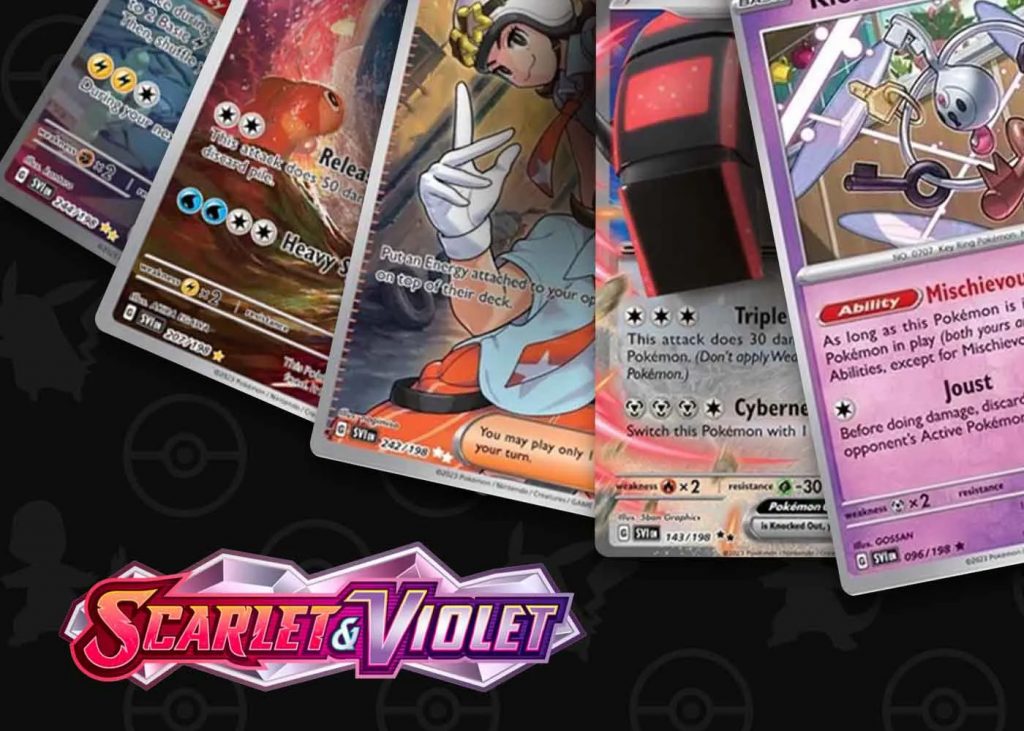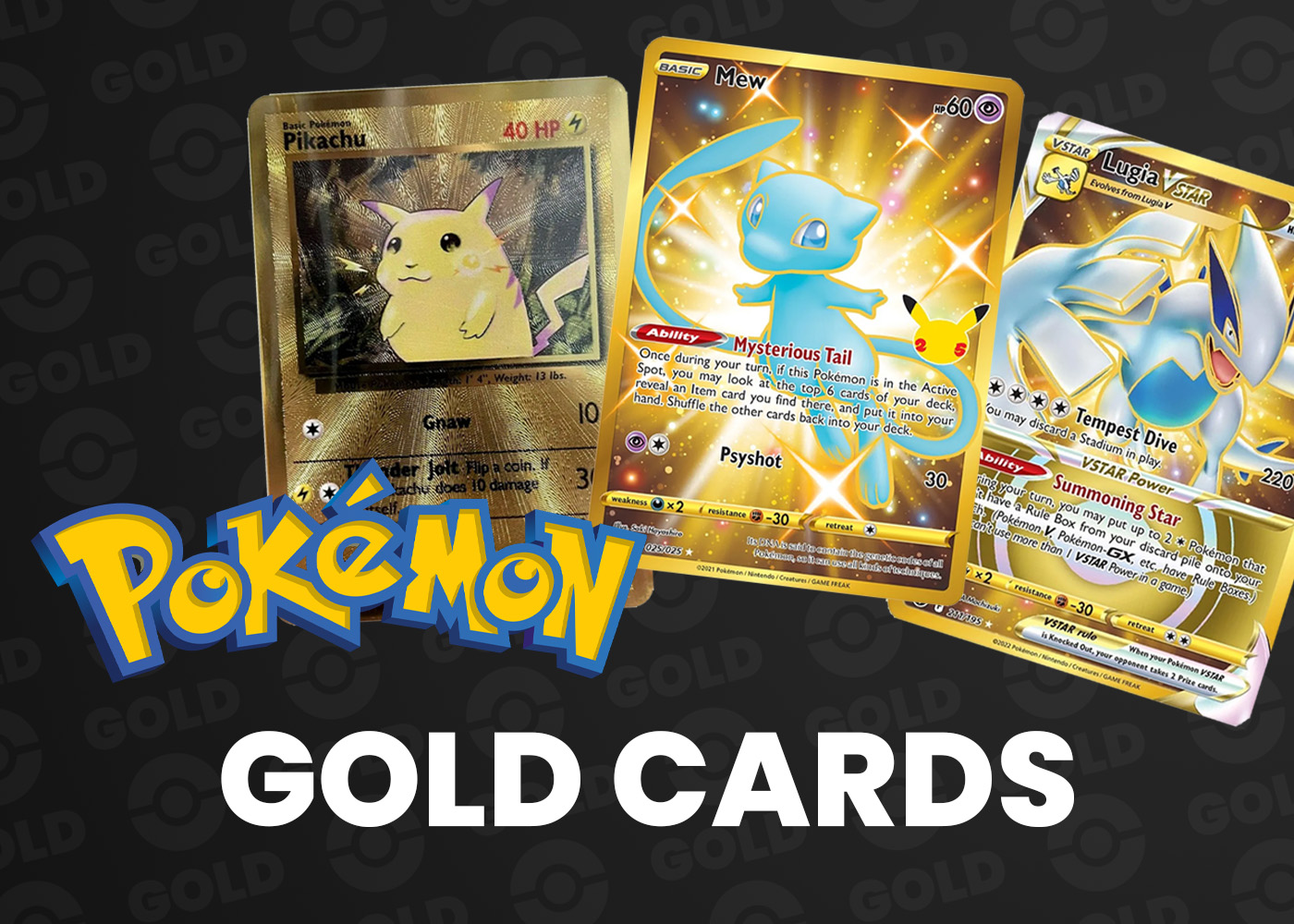If you’re new to collecting the Pokémon TCG, like I was back in 2023, it can be really confusing trying to learn all the new things that The Pokémon Company has changed. I originally collected Pokémon as a child in the early 2000s, so a lot was different when I started seriously collecting the cards again as an adult. One thing I struggled with was the new Pokémon card rarity system.
Another thing I learned is that a shiny, holographic “Rare” card wasn’t the most valuable thing in booster packs anymore. Oh no, things had changed a lot in 15-20 years. There were now things like Ultra Rares, Amazing Rares, and Secret Rares to worry about in the Sword and Shield block of the Pokémon TCG, but things changed again in March of 2023 when The Pokémon Company decided to rework the rarity system with the start of the Scarlet & Violet expansion.
It is that new rarity system that we will be reviewing today. We are going to start this journey by reviewing the rarity chart below. Let’s get into it!
Pokémon Card Rarity Overview
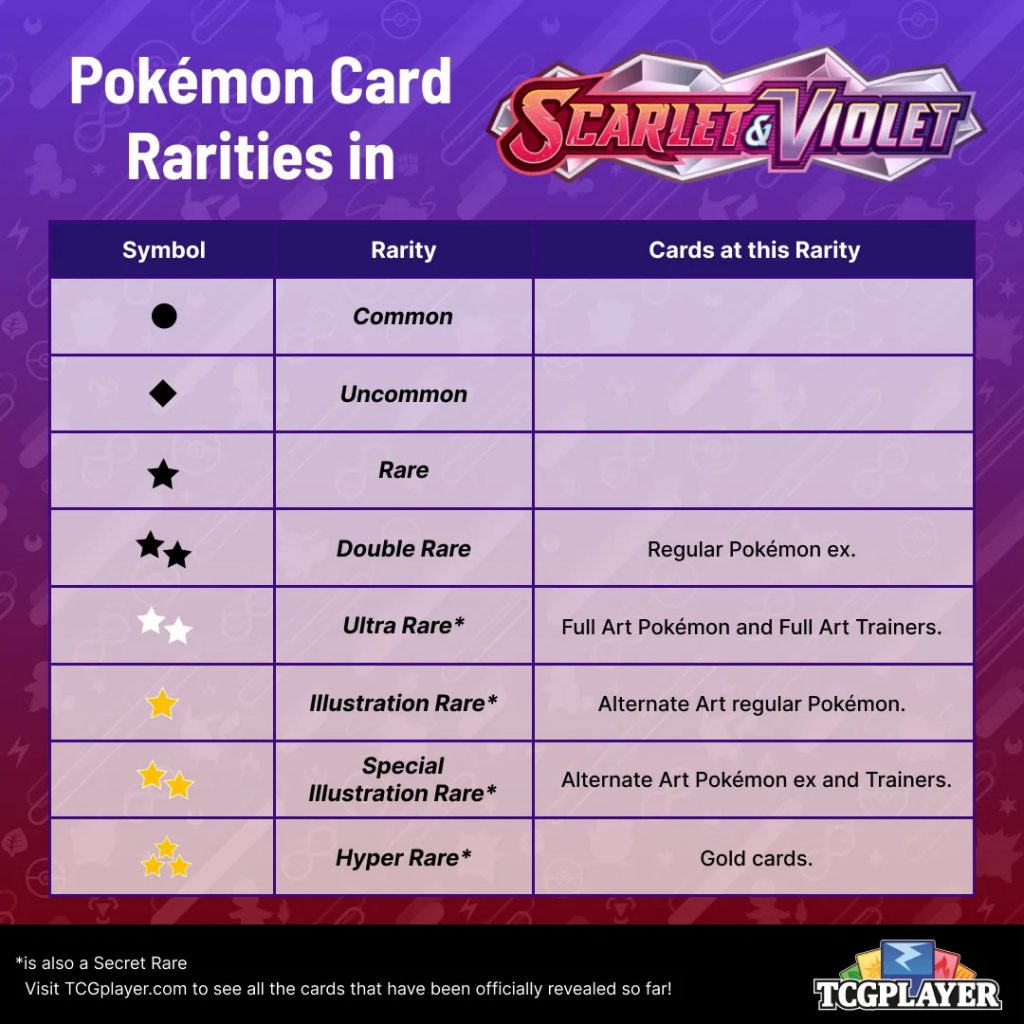
As you can see, the traditional Common, Uncommon, and Rare symbols from 1999 remain.
If a card has a black circle in the bottom left corner, it is a Common card. As the name implies, it is the least rare and easiest-to-find card.
Next are Uncommon cards. Uncommon cards will have a black diamond in the bottom left corner, and these are the second most common cards.
You will eventually have a TON of common and uncommon cards if you collect for any length of time.
Rare cards are the last of the original symbols. You are guaranteed to pull at least one Rare or higher rarity card per booster pack. There used to be Rares, Holo Rares, and Reverse-Holo Rares, but times have changed. Now, every Rare card is either going to be a holographic card or a reverse-holographic card. Yay! More shiny cardboard!
Double Rare cards are another new addition to the Pokémon TCG. Double Rare cards will be cards that feature regular Pokémon ex.
Ultra Rare, Illustration Rare, Special Illustration Rare, and Hyper Rare cards are all new rarities in the Scarlet & Violet expansion. These are all considered Secret Rare cards. Which begs the question: What are secret rares?
What are Secret Rares?
There are two easy ways to spot a Secret Rare card: either by looking at the rarity symbol (every card labeled as an Ultra Rare or higher is considered a Secret Rare) or by looking at the set number. The set number is located in the bottom left corner of the card just to the left of the rarity symbol. If the left number on the card is bigger than the right number on the card, it is a Secret Rare.
Below is a closer look at the types of artwork that are typical for the different types of Secret Rare cards:
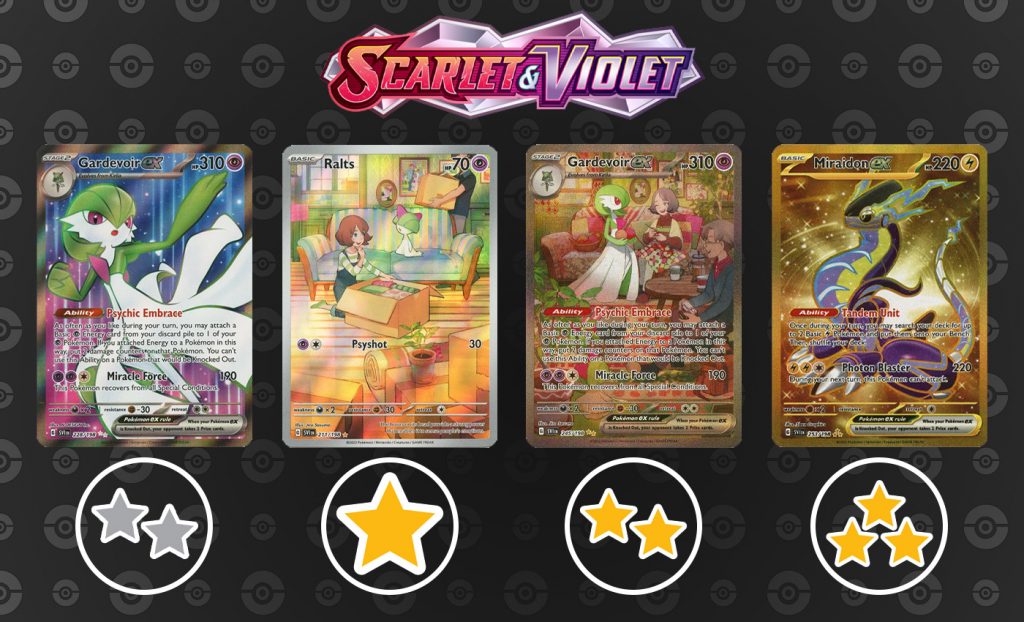
Even though Ultra Rare, Illustration Rare, Special Illustration Rare, and Hyper Rare are the official terms for Secret Rare cards, they are often referred to as other things. Ultra Rares are often called “Full Arts“, Illustration Rares and Special Illustration Rares are often called “Alternate Arts“, and Hyper Rares are affectionately called “Gold Cards“.
Secret Rares are the rarest cards in a set and usually have a price tag to match the higher rarity. Just take Gardevoir ex as an example:

According to TCGPlayer.com, the market price for the Double Rare Gardevoir ex is only $0.79, whereas the market price for the Special Illustration Rare is currently $18.56. This price difference is because of the difference in rarities and pull rates for the cards. The higher the rarity, the harder it is to pull from a booster pack, the more money it is worth.
So what is the point of the rarity system? What is it good for outside of identifying Secret Rares?
What’s the Point of Rarities?
Having an understanding of the rarity system is pretty important for navigating the hobby. Especially, if you ever plan to buy or sell specific single cards. Since the lower rarities like Commons, Uncommons, and Rares are easier to pull they are generally less desirable. Most people even consider Commons and Uncommons to be “Bulk” cards. These bulk cards typically have lower value and Local card shops and resellers purchase them by the thousands.
Sites like TCGPlayer index the rarities of cards to make it easier to distinguish between them. A prime example of this is the Gardevior ex cards featured earlier. They are all “Gardevoir ex” cards, but because the site indexes their rarities and set numbers, it can display the different cards.
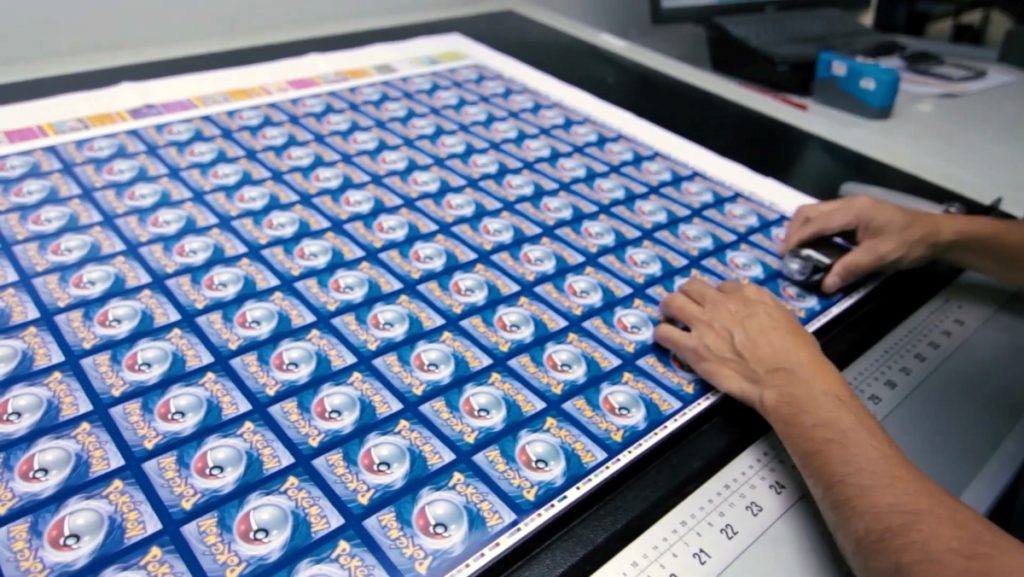
Another important part of the rarity system is that it directly correlates to how many copies of that exact card are printed. Obviously, the higher rarity cards are more rare. The Pokémon Company even controls how many of each rarity get put into booster packs for consumers to pull later. Which directly impacts the price of the cards in a set.
Other Pokémon Card Rarities
The Pokémon card rarities that we’ve discussed so far aren’t the only rarities that exist within the TCG. There are also other rarities like “Promo” cards and cards from pre-built decks.
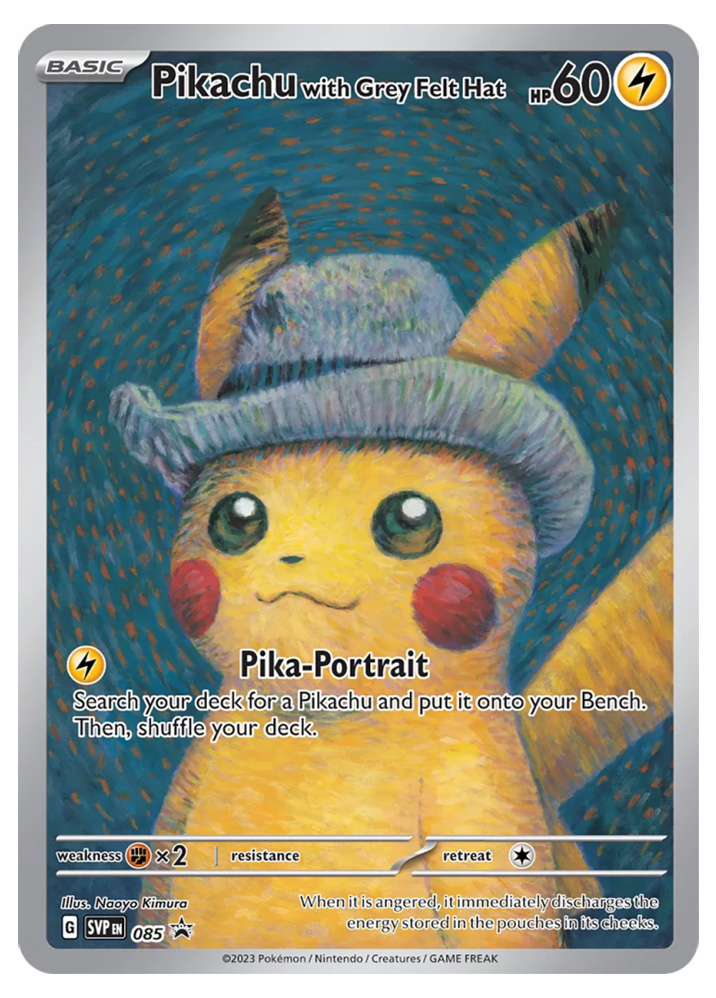
A great example of a Promo card would be the limited-time Van Gogh promotion: “Pikachu with Grey Felt Hat“. Like every Promo card, there is a black star with the word “PROMO” arching across the rarity symbol.
Promo cards often come in different tins, collection boxes, and elite trainer boxes. Sometimes even retailers will have promo cards to hand out.
Some of my favorite cards in my collection are actually Promo cards.
There is also a type of promo card that comes in pre-constructed decks.
These cards have their rarity symbols in a different spot than most other cards. For this Bulbasaur card, the rarity symbol is actually located within the text box of the card, rather than at the bottom left.
One thing to consider with these cards is that they are typically not legal to use in the actual TCG. This specific Bulbasaur card came from the “My First Battle” deck, and it is not usable in the game.
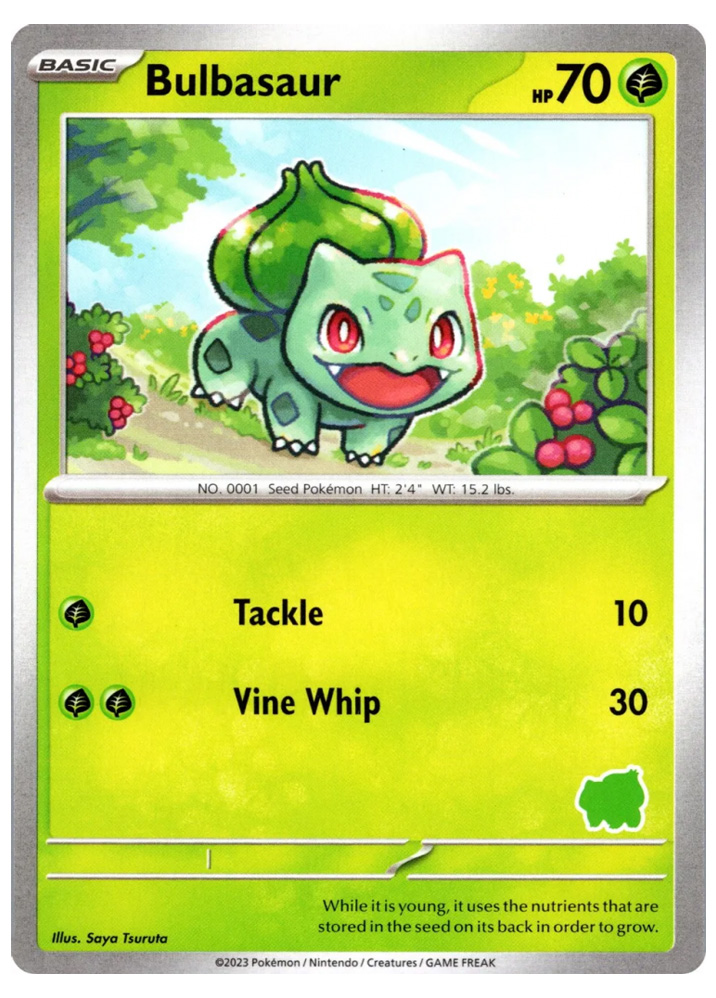
There are also a bunch of other rarities that have existed throughout the years, but these are the main ones that are being used now. If you’d like to read about all the different rarities, there is a fantastic article by TCGPlayer Infinite here.
If you’re new to collecting and you need more information on how to make the most out of the hobby be sure to read the other Pokémon 101 articles.
And if you enjoyed this article, be sure to share it!

